You are about to finish your registration. Please check your mailbox (including spam folder). There should be a letter with a confirmation link. Check setting to make sure that your e-mail address is correct.
Send letter again
Obverse

|
First crowned portrait of HM Queen Elizabeth II facing right, wearing the stylized heraldic Tudor Crown. QUEEN ELIZABETH THE SECOND |
|---|---|
Reverse

|
Palm divides date, value below. ✡ FEDERATION OF NIGERIA ✡ |
| Edge |
1 Shilling
1st portrait
KM# 5
Characteristics
| Material | Cupronickel |
| Weight | 5 g |
| Diameter | 22.8 mm |
| Thickness | 1.68 mm |
| Shape |
|
| Alignment | Medal |
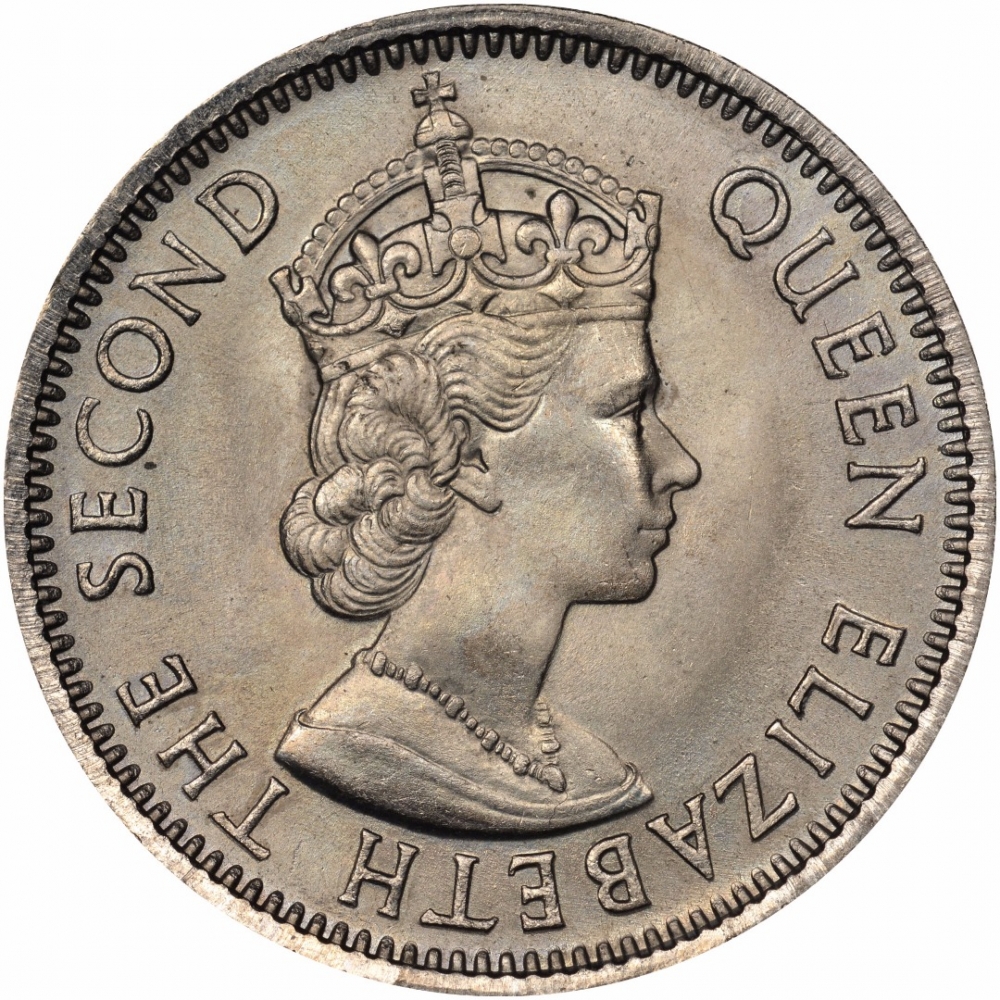
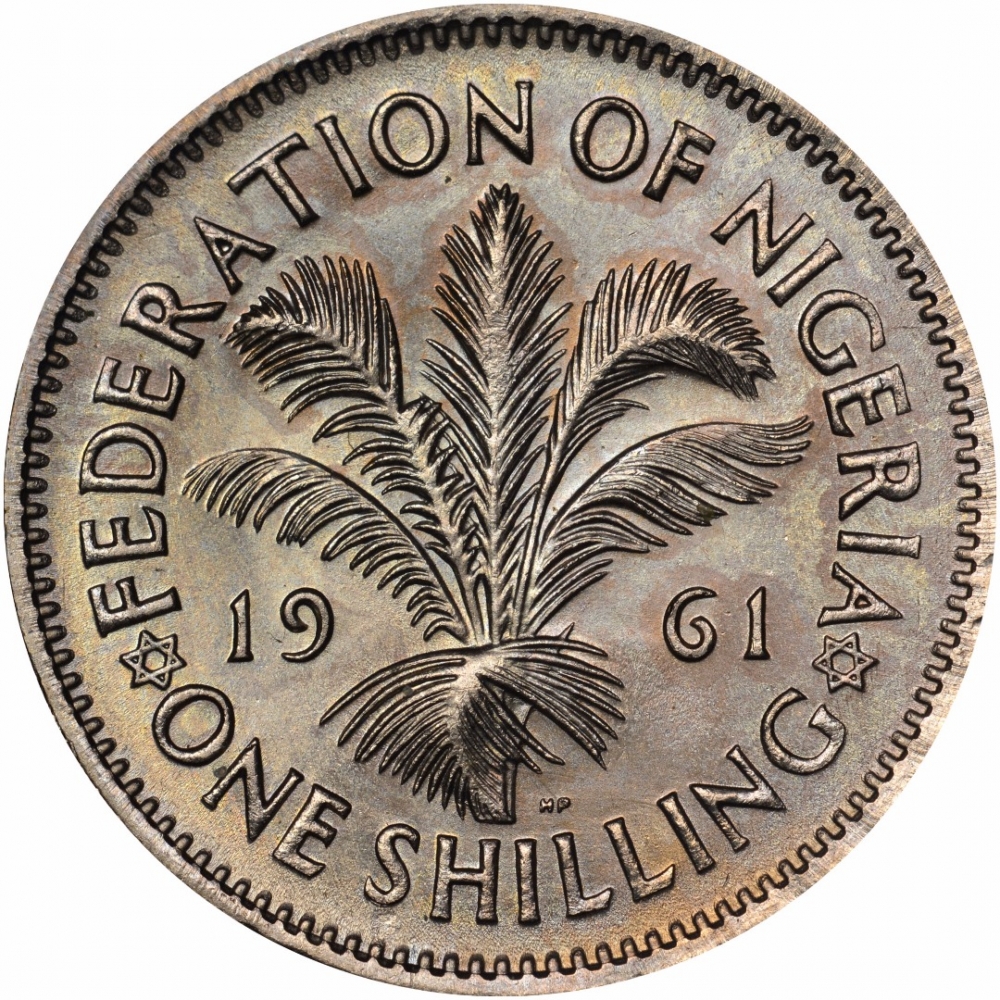
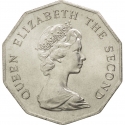
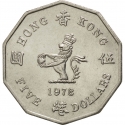
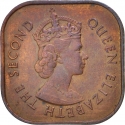
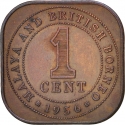
_Pounds_50/1998-2006_01.10.2024_14.38-125.jpg)
_Pounds_50/1998-2006_01.10.2024_14.38_01-125.jpg)